Corneal Toricity & Keratometry/Topography
1/23
There's no tags or description
Looks like no tags are added yet.
Name | Mastery | Learn | Test | Matching | Spaced |
|---|
No study sessions yet.
24 Terms
Regular vs. Irregular Astigmatism
Regular: principle medirian 90* apart
Irregular: principle medirian NOT 90* apart
Keratoconus
irregular cornea
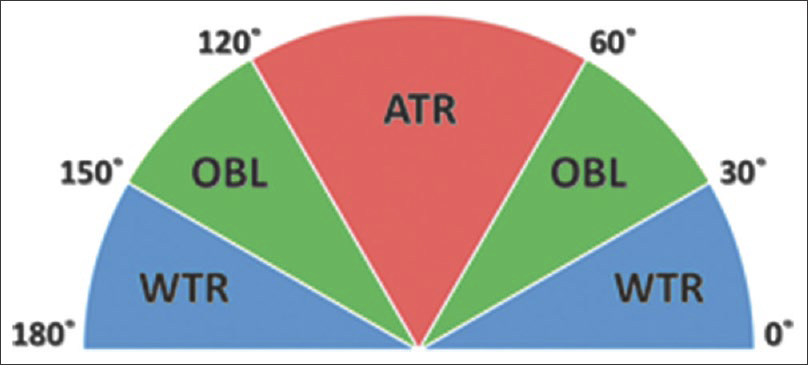
What are With the Rule and Against the rule indicating?
it indicate the axis that is 90* away from the cyl

With the rule
axis 0/180 - 030 and 150 - 180

Against the rule
axis 60 - 120
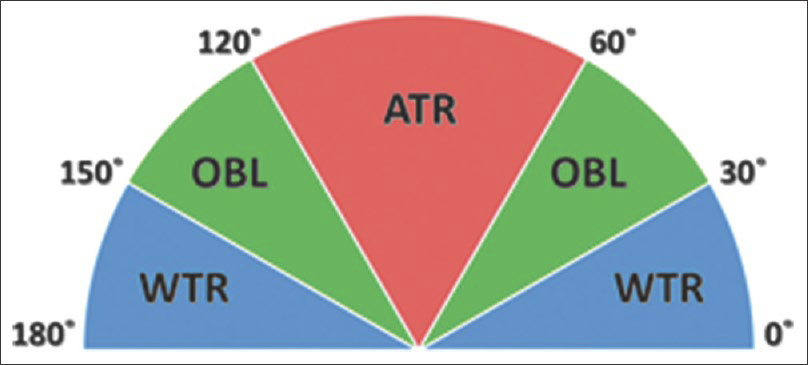
oblique astigmatism
axis 030 - 060 & 120 - 150
pros vs cons of keratometry
PROS:
To assess the curvature, power and toricity of the cornea
Assess the integrity of the corneal/tear surface
CONS:
Measures very small central portion of cornea, ~ 2-3 mm
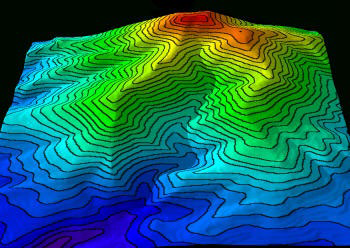
How is automated corneal topography better?
Map of the entire surface curvature of cornea
Map of the relative “steepness” or “flatness” of the cornea
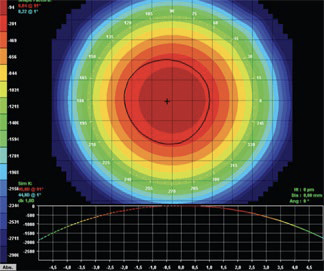
K-map for spherical cornea
red = steeper
less steep as you move away from center → cooler colors
how to read K-map
it represents corneal map
Steep corneal meridian - more RED
has more plus → requires minus rx in that position
Flatter corneal meridian - cooler colors
has more minus → requires plus rx in that position
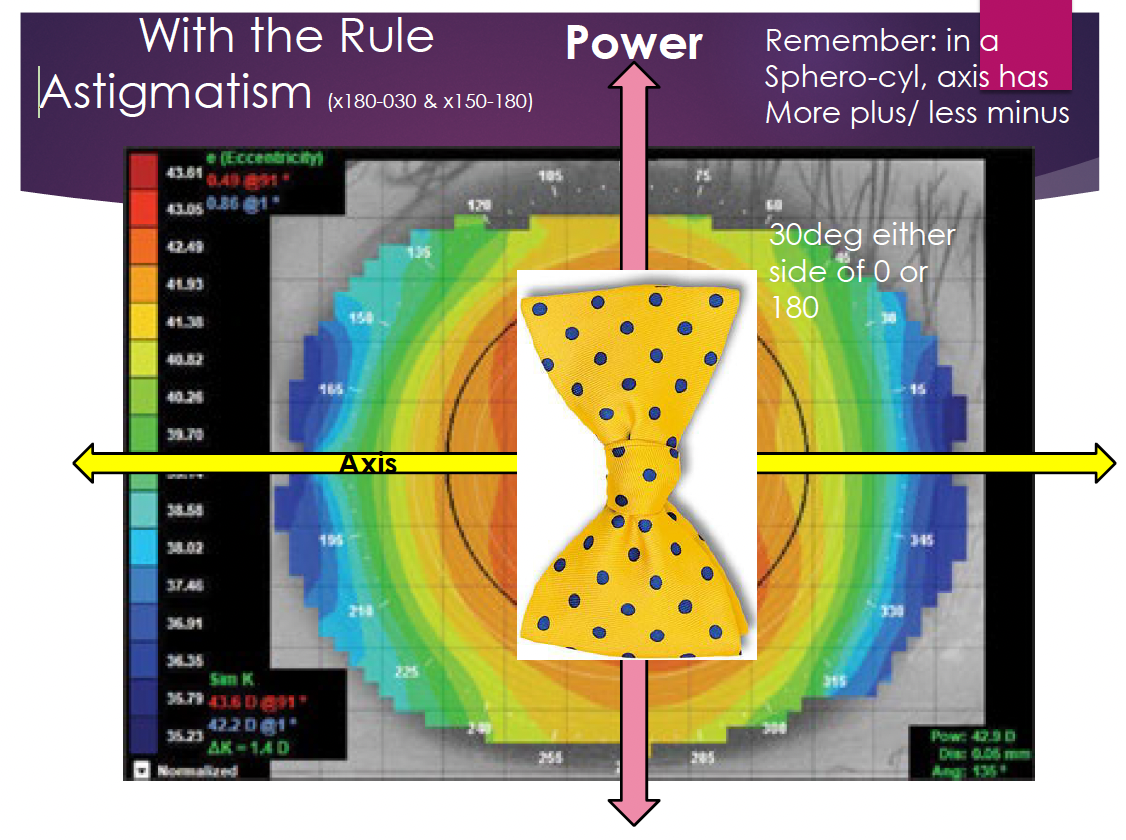
Is this ATR or WTR?
with the rule
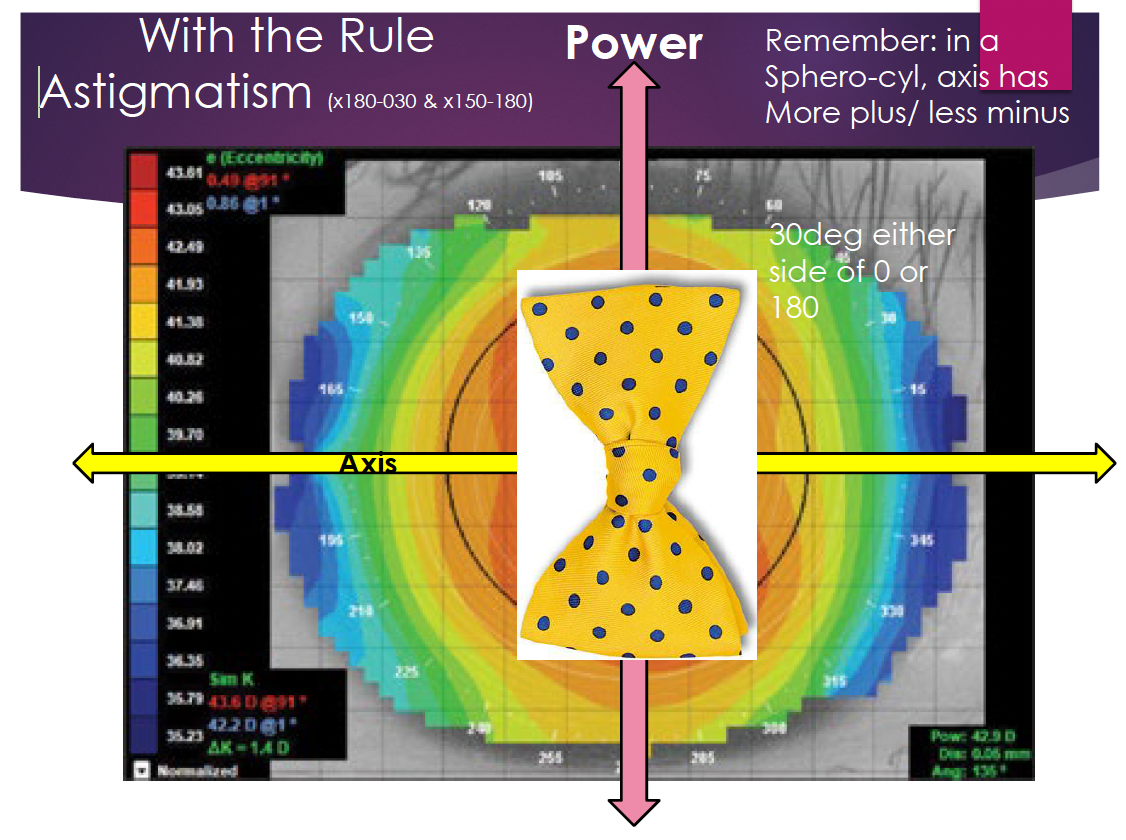
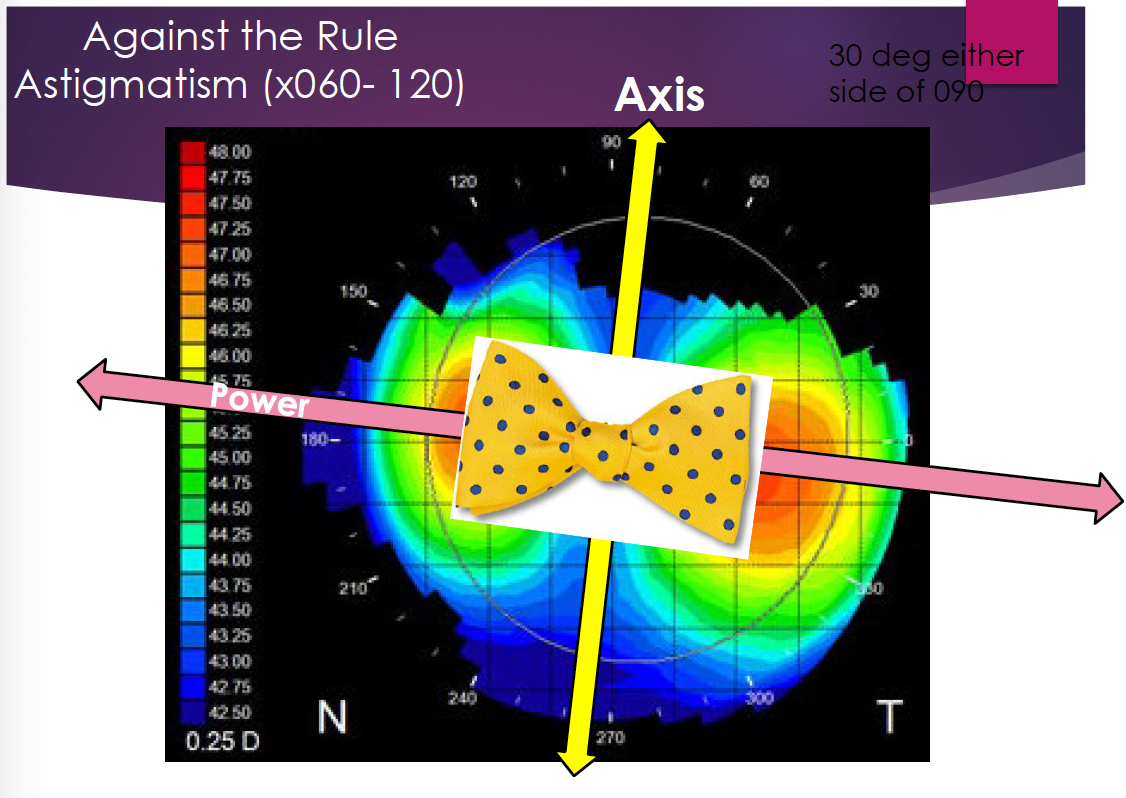
Is this ATR or WTR?
against the rule
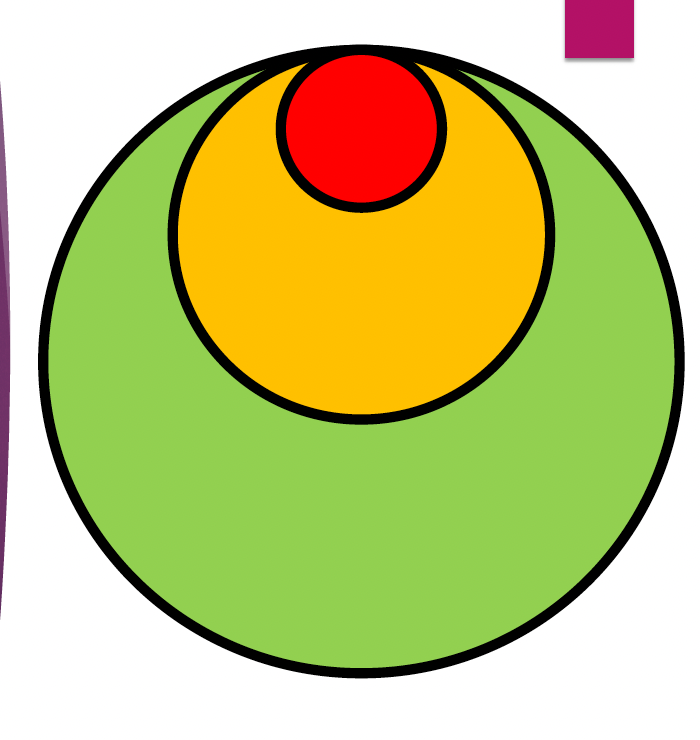
Keratoconus K-map characteristics
small radius of red circle (steep)
medium radius of orange circle (avg)
large radius of green circle (flat
as radius decreases, the curve becomes steeper
as radius increases, the curve becoems flatter
diopter and radius (mm) conversion
index of refraction of cornea (n) - 1.3375
D=(n-1)/r
1.3375-1 = 0.3375 × 1000 = 337.5 (makes math easier for mm)
=> RADIUS = 337.5 / DIOPTER
Why is anterior corneal power is not useful for measuring refractive power?
it does not consider the posterior corneal curvature
→ we calculate the “central” corneal power
Why is measuring the curvature of cornea important?
fitting contacts
determining amt of astigmatism